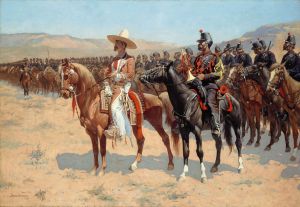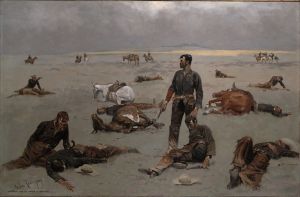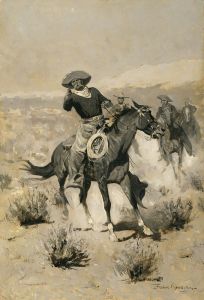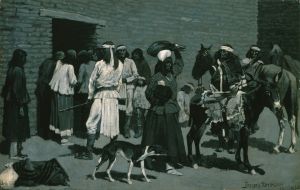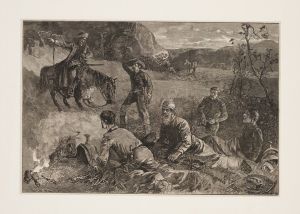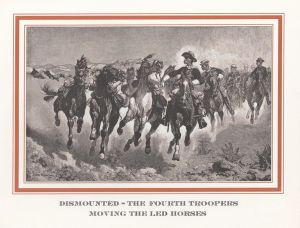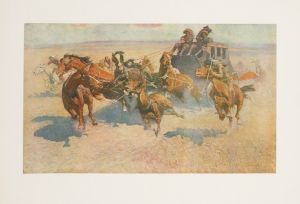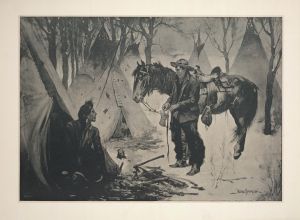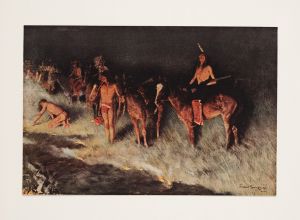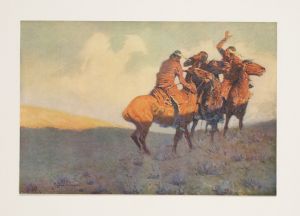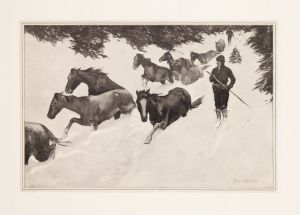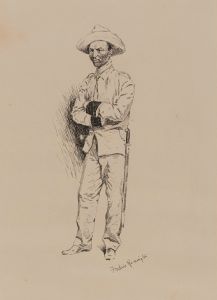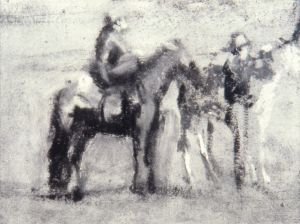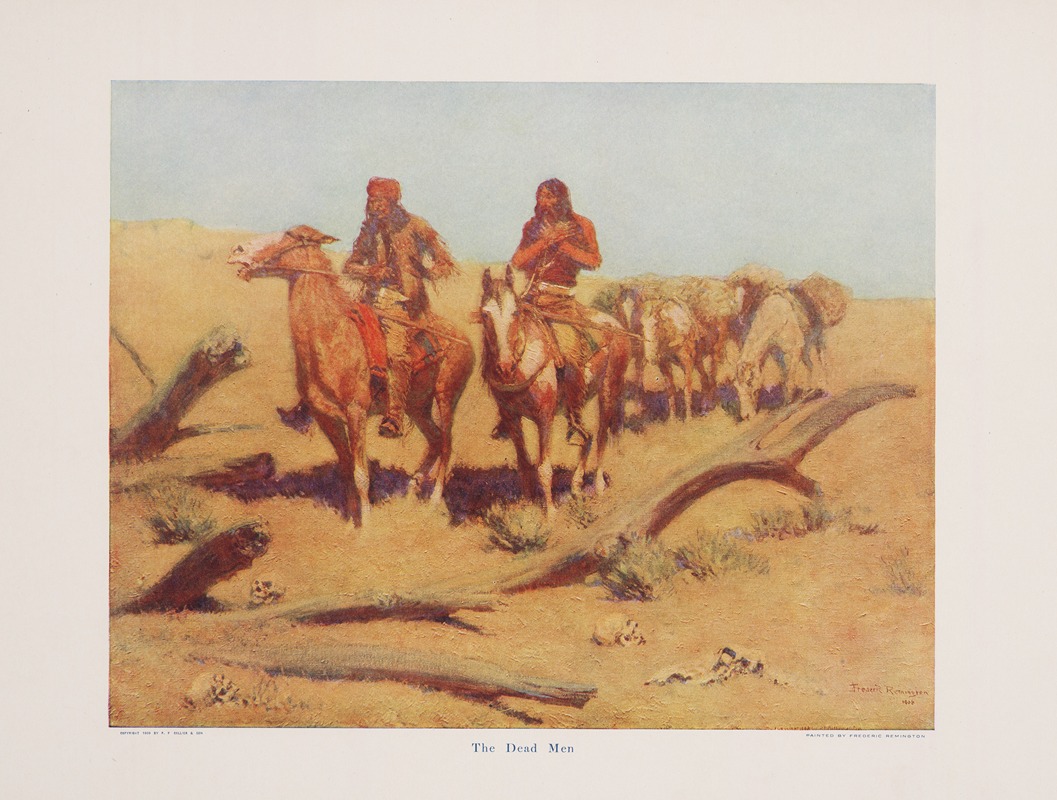
The Dead Men
A hand-painted replica of Frederic Remington’s masterpiece The Dead Men, meticulously crafted by professional artists to capture the true essence of the original. Each piece is created with museum-quality canvas and rare mineral pigments, carefully painted by experienced artists with delicate brushstrokes and rich, layered colors to perfectly recreate the texture of the original artwork. Unlike machine-printed reproductions, this hand-painted version brings the painting to life, infused with the artist’s emotions and skill in every stroke. Whether for personal collection or home decoration, it instantly elevates the artistic atmosphere of any space.
Frederic Remington's painting The Dead Men is a work by the renowned American artist and illustrator, who is best known for his depictions of the American West during the late 19th and early 20th centuries. While Remington's body of work primarily focuses on themes such as cowboys, Native Americans, soldiers, and the rugged landscapes of the frontier, The Dead Men is one of his lesser-documented pieces, and specific details about its creation, context, and significance are limited.
Frederic Remington (1861–1909) was a prolific artist whose works captured the spirit of the American West during a period of rapid change and expansion. His art often reflected the tension, adventure, and challenges of life on the frontier. Remington worked in various mediums, including painting, illustration, and sculpture, and his style is characterized by dynamic compositions, attention to detail, and a vivid sense of movement.
Unfortunately, there is no substantial information readily available about The Dead Men in historical records or major art references. It is not among Remington's most widely recognized or studied works, such as A Dash for the Timber (1889) or The Broncho Buster (1895). As a result, the painting's specific historical context, subject matter, and reception remain unclear.
If further verified information about The Dead Men becomes available through credible sources, it could provide additional insights into its place within Remington's oeuvre and its contribution to the broader narrative of American art. For now, the painting remains an obscure piece within the artist's extensive portfolio.





